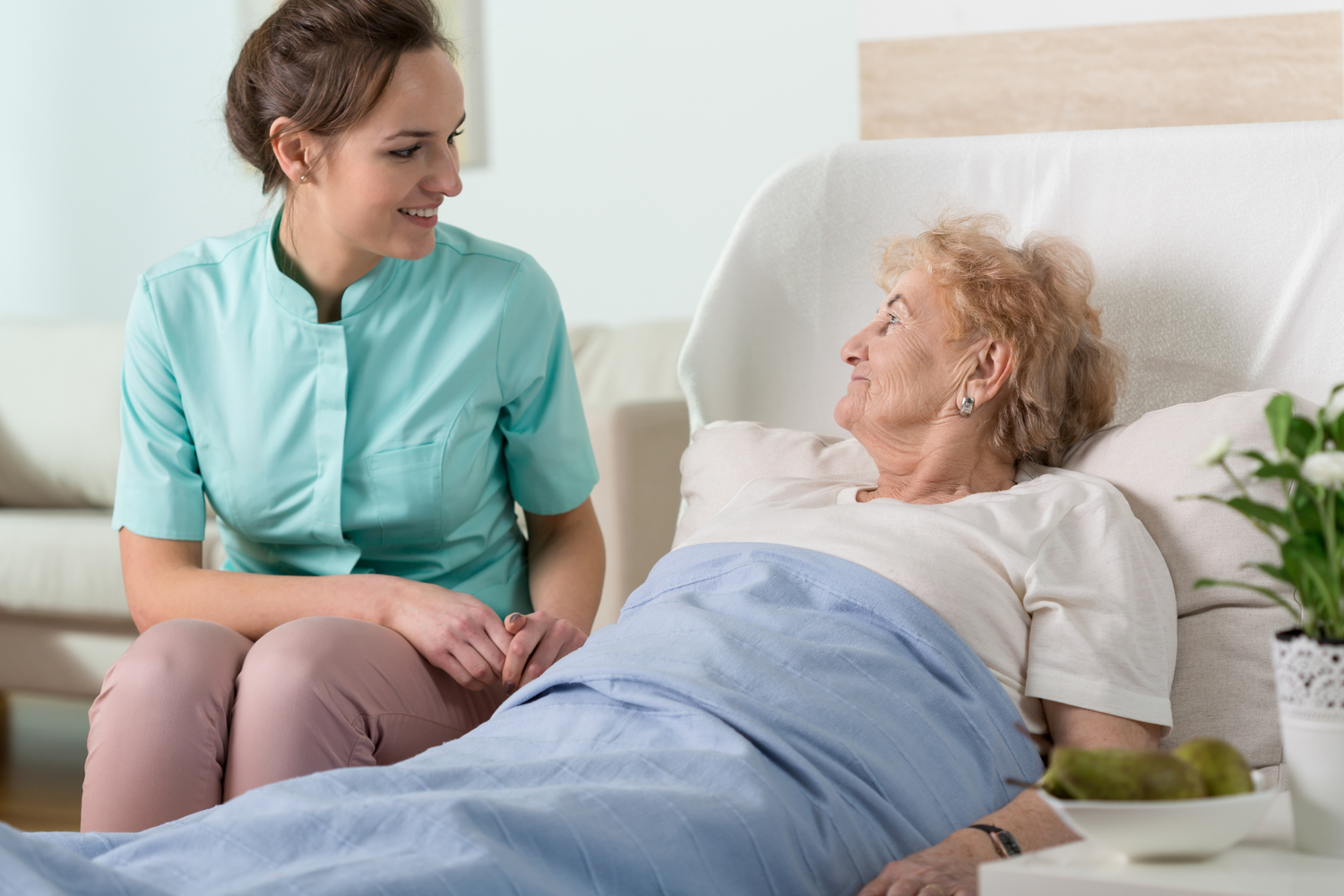Everything You Need To Know About Parkinson’S Disease
Everything you need to know about Parkinson’s disease
Parkinson’s disease treatment often causes certain side effects. One such side effect is dyskinesia. Dyskinesia is the jerky and strange movement’s that cannot be controlled. The objective of therapeutic administration of Parkinson illness and dyskinesia ailment is to give relief from the signs and indications for a longer period of time. But the duration of medication should be in a conceivable time to restrict the adverse impacts of the disease.

How can changes in diet influence Parkinson’s disease?
- In Parkinson’s disease, constipation is regular. Increase in the liquid and fiber consumption can help to maintain normal bowel movements. One has to drink six to eight glasses of water every day. Drink warm fluids at the start of the day can help in stimulating bowel movements.
- Many vegetables, legumes, entire grain bread, and oats are high in antioxidants.
- Some Parkinson’s disease medication cause a low blood pressure. Increasing salt intake can help to stabilize the blood pressure.
- It is also important to reduce the intake of caffeinated drinks and liquor as these cause dehydration and a low pulse rate.
- Having small and regular meals can be helpful when suffering from Parkinson’s disease.
- A few people with Parkinson’s disease experience agonizing muscle cramping, particularly, during the evening. This muscle cramping may be reduced by eating yellow mustard containing the zest turmeric or drinking tonic water containing quinine.
How do occupational and speech therapies help with Parkinson’s disease?
- An occupational specialist can recognize regions of trouble in a patient’s daily life, for instance, dressing or going to the neighborhood shops.
- They can enable an individual to work on some possible solutions, and guarantee the house is secure and appropriately set up for the patient.
- Numerous individuals with Parkinson’s disease have trouble gulping known as dysphagia and issues with their speaking ability.
- A speech and dialect specialist can regularly enable the patient to cope with these issues by showing talking and gulping activities which help to talk and speak or by giving assistive techniques.
What are the supportive therapies for Parkinson’s disease?
There are some alternative or supportive therapies that are used to improve Parkinson’s disease symptoms, they are:
- Massage therapy is used to decrease muscle stiffness and enhance relaxation.
- Tai chi, a Chinese form of exercise, can also be used to improve flexibility and balance. This therapy uses slow and flowing motions to enhance muscle strength.
- Yoga may be used to improve flexibility and movements.
- A form of supportive therapy, the Alexander technique reduces muscle pain by focussing on posture and balance. Also, it focuses on how one can utilize his or her muscle to reduce muscle strain.
- Meditation can help in reducing muscle pain and strain by decreasing stress. This can be possible by diverting the patient’s focus on his or her breathing.
Which is the drug used to treat Dyskinesia?
- Amantadine is a medication that treats dyskinesia in individuals with Parkinson’s disease.
- The symptoms like shaking and stiffness are reduced with the utilization of this drug.
- There are several side effects caused by the consumption of Amantadine like discombobulation, queasiness, and trouble dozing.
- One must observe these side effects and have a discussion with a doctor before starting this medication.
What are the side effects of deep brain stimulation surgery?
Some of the side effects of this surgery are:
- Chances of a stroke due to the bleeding in the brain.
- A brain infection
- Issues with the embedded gadget
- Lethargy or changes in personality, however, this ought to leave in almost 1-2 weeks after surgery.